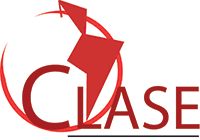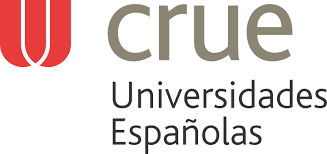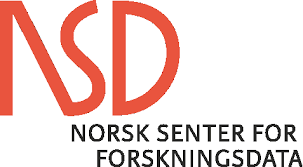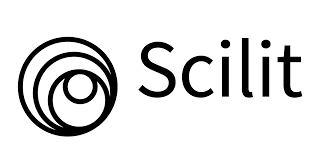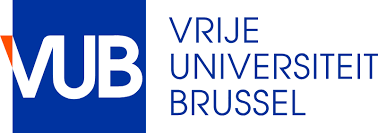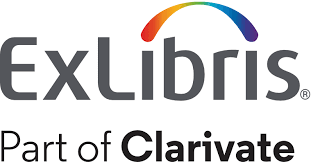Police Intelligence contribution to public safety
DOI:
https://doi.org/10.22335/rlct.v3i1.107Keywords:
Police intelligence, drug trafficking, drug dealing, social control, public safetyAbstract
The narcomenudeo like derived phenomenon of the subsystem of the commercialization of narcotics, it is a public problem of origin bound multicausal to manifestations of social conflict, violence and crime rate. The criminal organization specialized in this activity economic criminal executes material actions of coercion against the citizens that rebound in the desterritorialización of the state social control affecting the recognition of genuineness toward the legally constituted authorities. This complex urban situation impacts the dimensions singular and collective of the civic security what hinders the exercise of the rights and public freedoms.
Downloads
References
AMÉRICA, G. d. (s. f.). "La territorialización del tráfico de drogas". El Tiempo.
ARAYA, U. S. (2002). Las representaciones sociales: Ejes teóricos para su discusión. San José, Costa Rica: Facultad Latinoamericana de Ciencias Sociales (FLACSO).
ÁVILA, C. A. (s. f.). "Apuntes para una crítica de la geografía política: territorio, formación territorial y modo de producción estatista". [Recuperado el 15 de abril de 2011].
BERGER, P. L., & LUCKMANN, T. (1999). La construcción social de la realidad. Buenos Aires: Amorrortu.
BERTALANFFY, K. L. (1976). Teoría General de los Sistemas . México D.F.: Fondo de Cultura Económica S. A.
DAMMERT, L. (2010). Violencia e inseguridad ciudadana en las Américas. Vol. 1. (E. E. Virrey, Ed.) Lima, Perú: Librería de Virrey S. A.
De León, B. I., & Salcedo, A. E. (2007). El crimen como oficio ensayos sobre economía del crimen en Colombia. (U. E. Colombia, Ed.) Bogotá D.C., Colombia: Cordillera S.A.C.
HARFORD, T. (2006). El economista camuflado, la economía de las pequeñas cosas . Oxford: Ediciones Temas de Hoy S. A.
HARVEY, D. (2001). Espacios del capital, hacia una geografía crítica . E. U. Press, Ed. Ediciones Akal, S. A.
INSTITUTO NACIONAL DE MEDICINA LEGAL Y CIENCIAS FORENSES (2010). Adulterantes comunes en estupefacientes. Pereira. Regional Occidente.
MALPICA, K. (20 de febrero de 2003). "Diseño de Drogas & Smart Drugs". [Recuperado el 17 de noviembre de 2010] http://www.mind-surf.net/ drogas/index.html
"Marketing en redes sociales y negocios multinivel". (22 de febrero de 2011). [Recuperado el 8 de mayo de 2011] puromarketing.com: http:// dsdconsulting.wordpress.com/2011/02/22/marketing-en-redes-sociales-y-negocios-multinivel/
MORA, M. (2002). "La teoría de las representaciones sociales de Serge Moscovici". [Recuperado el 15 de julio de 2010] http://www.google.com/ search?sourceid=ie7&q=clasificar+sin+ambig%C3 %BCedades+los+diversos+aspectos+de+su+mund o&rls=com.microsoft:es-co:IE-SearchBox&ie=UTF8&oe=UTF-8&rlz=1I7ACAW_esCO378
ONU. (26 de septiembre de 2002). "Prevención de la violencia: una prioridad de salud pública (Resolución WHA49.25) OMS-ONU". [Recuperado el 30 de junio de 2010] Organización de las Naciones Unidas: http://www.redfeminista.org/documentosA/oms%20resumen.pdf
PEÑA Reyes, L. B. (2008). "Reflexiones sobre las concepciones de conflicto en la geografía humana". U. N. Colombia, Ed. Revista Colombiana de Geografía, p.117.
PONAL, P.N. (2010). "Estrategia de la Policía Nacional para la Consolidación de la Seguridad Ciudadana". Bogotá D. C.: Policía Nacional de Colombia.
GARCÍA, D. M. (S.J). (2010). Seguridad, espacio público y participación democrática . Bogotá D.C.: CORDAID-CINEP/PPP.
ZAMUDIO, A. C. (2007). "Las redes del narcomenudeo. Cómo se reproducen el consumo y el comercio de drogas ilícitas entre jóvenes de barrios marginados". [Recuperado el 18 de marzo de 2010] Instituto costarricense sobre drogas: http://www.icd.go.cr/sitio/downloads/uploads/ web_icd_pdf/pub_2/pub_2_42.pdf
Downloads
Published
Issue
Section
License
This journal provides free and immediate access to its content (https://creativecommons.org/licenses/by/4.0/legalcode#languages), under the principle that making research available to the public free of charge supports greater global knowledge exchange. This means that the authors transfer the Copyrights to the journal, so that the material can be copied and distributed by any means, as long as the authors’ recognition is maintained, and the articles are not commercially used or modified in any way.

